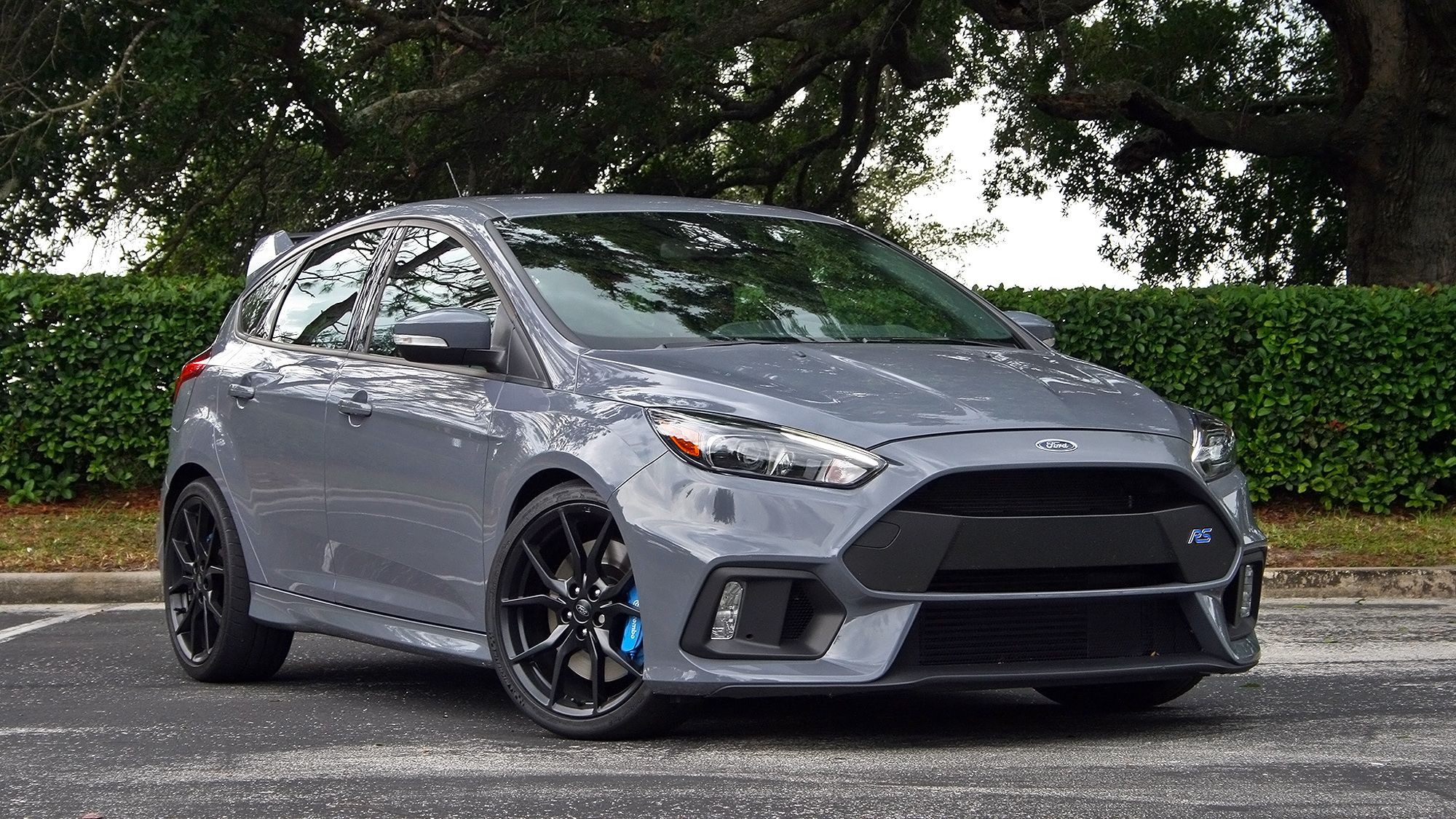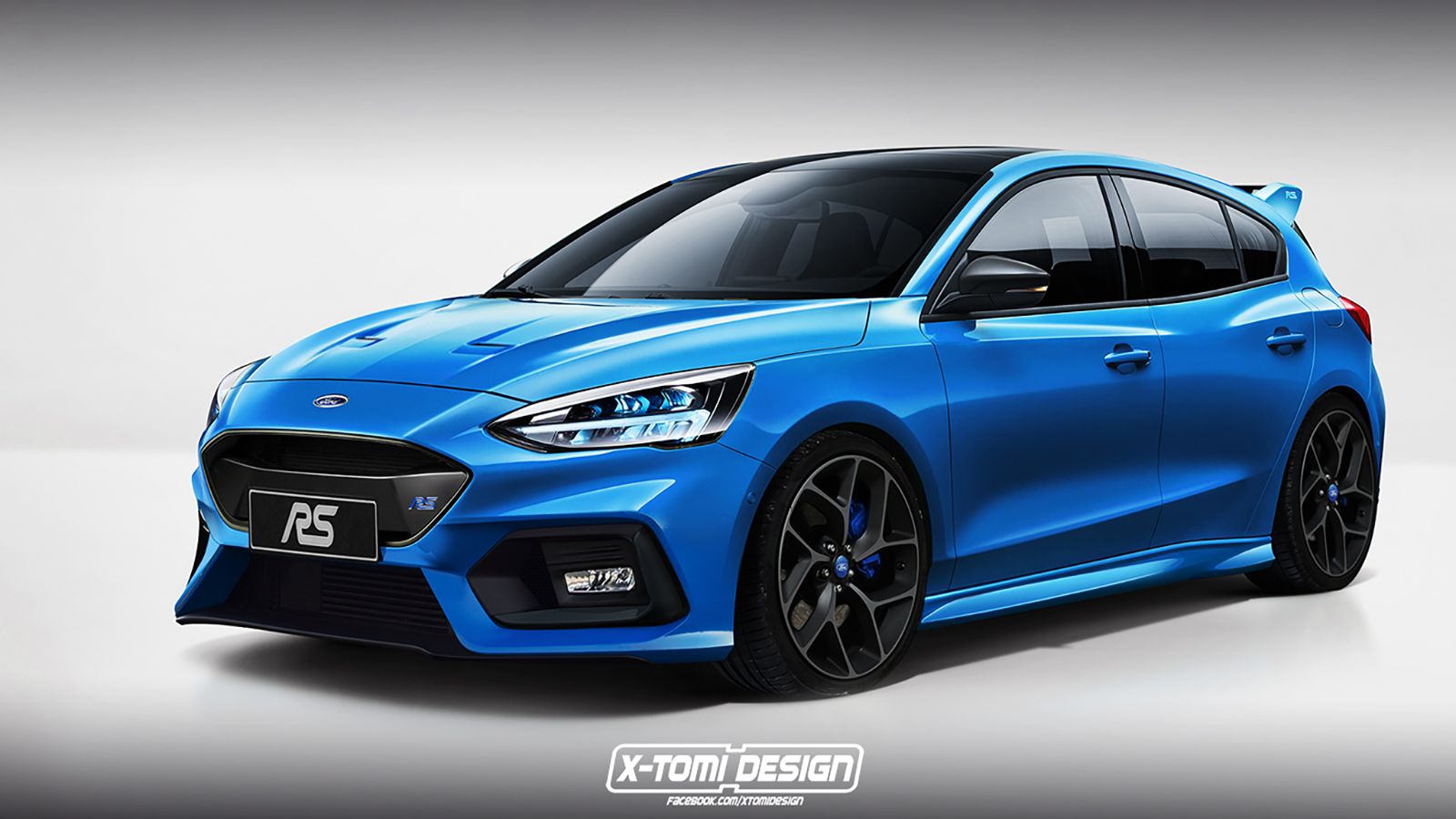When Ford introduced the 2016 Ford Focus RS, the hot hatch community was taken by storm. It packed more power than the Subaru WRX STI, Honda Civic Type R, and VW Golf R, along with all-wheel-drive, a manual gearbox, and 350 PS (345 horsepower) and 350 pound-feet of torque to go by.
The new Ford Focus has been out for almost two years now and everybody’s wondering when is Ford dropping the RS-badged derivative. Well, it looks like the Blue Oval still has some work to do as it needs to come up with an emission-compliant powertrain for its compact hot hatch, forced by harsher EU regulations.
Looks like the next Focus RS will be a hybrid after all
According to Autocar, the next Ford Focus RS will have to satisfy the EU’s new average fleet CO2 emissions. Citing a senior Ford executive, Autocar also writes that FoMoCo is “waiting for our engineering team to come up with a solution on the powertrain and that is not easy given the new fleet CO2 regulations.”
Specifically, Ford must not go above a fleet-average figure of 95 CO2 grams per kilometer, a requirement that’s bound to push back the Focus RS’ launch from 2020 to as far as 2022 or even 2023.
The same media outlet suggest that in trying to fix this,
2019 Ford Focus RS specifications
|
Type |
2.3-liter EcoBoost engine |
|---|---|
|
Output |
345 HP @ 6,000 RPM |
|
Torque |
350 LB-FT @ 3,200 RPM |
|
0 to 100 km/h (62 mph) |
4.7 seconds |
|
Top Speed |
266 km/h (165 mph) |
Back in December 2019, Car Magazine reported that the new Focus will indeed be a hybrid and will have its rear wheels powered solely by electricity thanks to GKN’s e-Twinster electric four-wheel-drive setup. Spinning the front wheels was thought to fall into the task of the ICE (Internal Combustion Engine).
For the time being, it’s Ford’s engineers that have the power to save the Focus RS even before it’s actually born. With EU emissions regulations getting tighter and tighter, there’s not much to do for a carmaker other than innovate and come up with solutions that would keep the Union’s governing bodies happy in equal measure as the performance-craving fan base.


